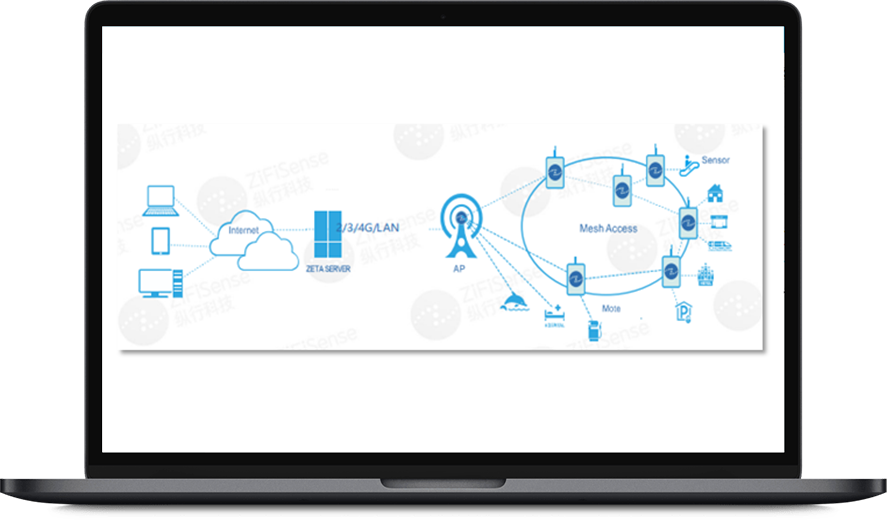HOT Search
Hot News


 Wide coverage,
Wide coverage,With the rapid development of the IoT, the demand for wireless communications is getting higher and higher. Traditional communication technologies may not be able to meet the special requirements of IoT devices, such as low power consumption, long-distance coverage, and large-scale connectivity. LPWAN technology emerged as the times require, aiming to provide low-cost, low-power long-distance communication solutions for IoT devices. As one of the LPWAN technologies, ZETA focuses on providing higher throughput and adaptability based on UNB technology to meet the needs of different application scenarios.
ZETA (Zigbee Enhanced Throughput and Adaptivity) is a low-power wide area network (LPWAN) technology protocol standard based on UNB (Ultra Narrow Band). It is designed to provide efficient wireless communication solutions for various IoT applications, especially those that require low power consumption, long-distance communication and large-scale connectivity.

